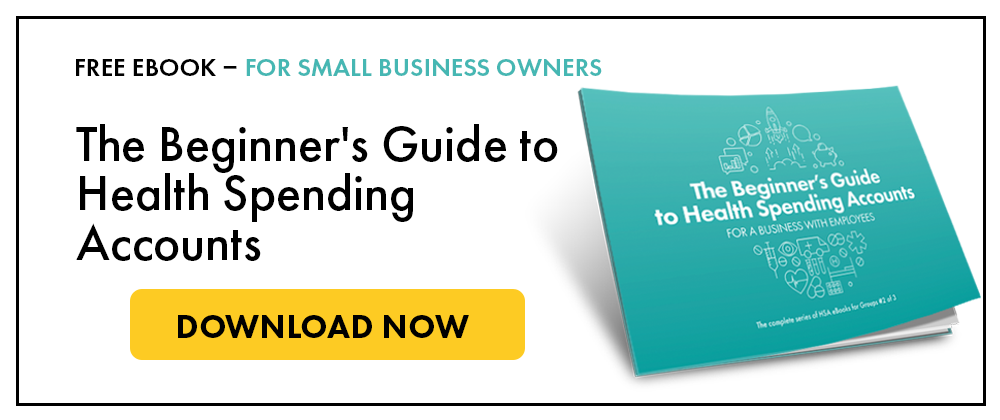Instead of paying a third party provider for full coverage (managing and reimbursing claims), a company can self-fund their health insurance by paying for only the administrative services. In this method, payouts for claims are funded directly by the employer. These types of self-funded plans are applicable for both insurance and benefits and can be particularly useful for instances of low-cost, routine claims.
What is self-funded health insurance plan?
Commonly referred to as an Administrative Services Only (ASO) agreement or self-insured plan, these types of plans consist of the company and an administrator who provides management of the claims and nothing more. As a result, the company itself is responsible for covering the cost of claims reimbursement.
Self-funding can also work for a benefits plan. A company can self-fund their benefits while a third-party administrator ensures claims are eligible. In some cases, the company may also choose to process the claims in-house as opposed to using a third party.
The difference between a traditional fully insured plan and a self-funded plan
Depending on the situation, one method may be better suited than the other:
When to self-fund/self-insure
In general, self funded plans are recommended for short term disability, health and dental, or other forms of insurance with low cost or "day to day" claims. For example, routine events like your (semi) annual dentist appointment. Expenses which fall under vision, drug, and paramedical are suitable because the claims are relatively low cost and won't cause financial catastrophe for the employee or the company funding the claims.
The key benefits of self-funding are greater control when it comes to cost and plan design as well as maximizing the return instead of losing money to a premium.
When to fully-insure
Long-term policies come with higher financial risk/claim payoff, which leads companies to go with traditional insurance.
In traditional insurance plans, employees are pooled and protected from catastrophic financial or medical events. This is useful for life insurance, accidental death and dismemberment and typically insurance that combats high claim cost events. Fortunately, the Canadian public healthcare system covers most life-threatening medical events.
Budgeted self-funded plans
There are also budgeted self-funded/ASO plans available from third party administrators, which allow the company to customize and limit spending. In Canada, one notable example is the Health Spending Account, which is a self-funded benefits plan.
How does self-funded health insurance work?
The reimbursement process and steps may vary based on the administrator and agreement, but the overall process will be similar:
- Employee makes claim
- Administrator (Third party administrator or in-house) reviews the claim
- Eligible claims are reimbursed by the company
Some plans will have the company pre-fund so that employees are faster reimbursed, whereas, others may have the company pay after the claim has been processed and reviewed. In a budgeted plan, the employer will typically pre-fund.
How do Health Spending Accounts work?
As mentioned earlier, Health Spending Accounts are a type of budgeted ASO. The process varies based on the provider/administrator, but here’s how things work at Olympia Benefits:
- Employer establishes employee classifications and limits and pre-funds the account
- Employee pays medical expenses
- Employee submits claim online
- Olympia pulls funds from the employer funding account
- Olympia reimburses the employee directly
As Health Spending Accounts abide by the CRA, the reimbursements are 100% tax free to the employee and a business expense for the company, which makes the plan a cost-efficient choice. Furthermore, the versatile nature of the plan allows employees to spend on a wide range of eligible medical expenses while allowing the employer to customize and limit spending.
For single-person businesses where there are no arm’s length employees, Olympia employer pre-funding is not required. Since the owner is the sole employee (beside spouse – if applicable), this allows the owner to have more control over their budgeting. They pay while submitting the claim. For more information, visit our health and dental plans.
If you are a business with arm’s length employees, visit employee benefits plans.
Learn more about Health Spending Accounts for your business:

Related Reading:
How To: Payroll for Small Businesses in Canada
What's inside an Employee Benefits Package for Small Business?